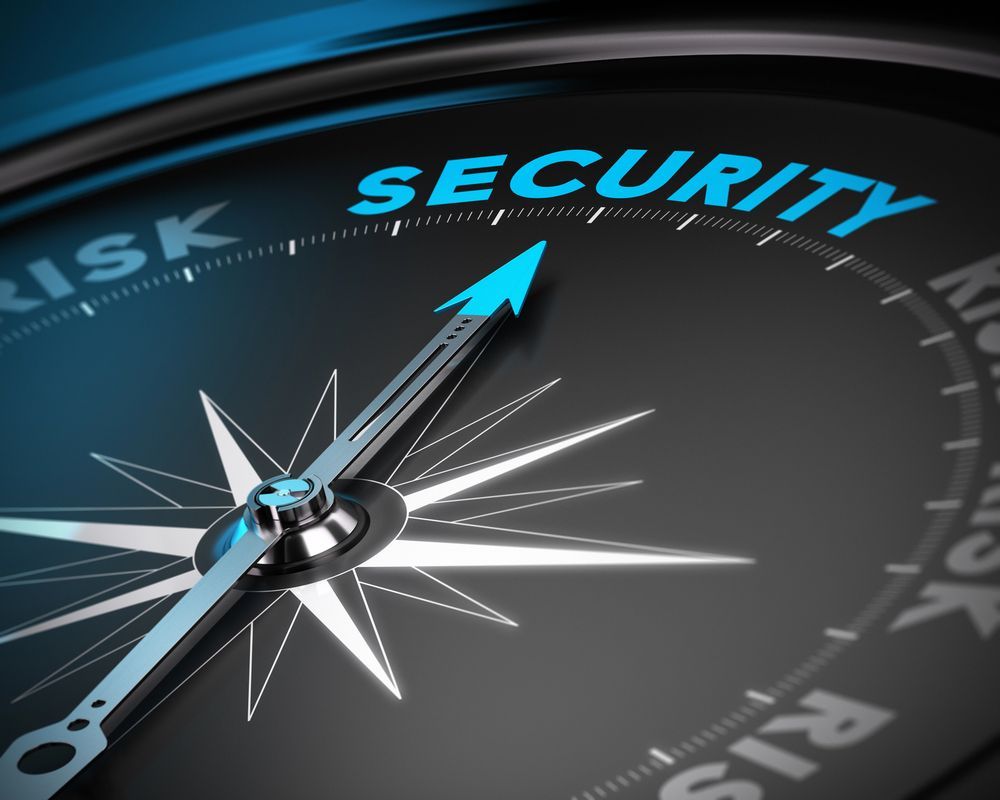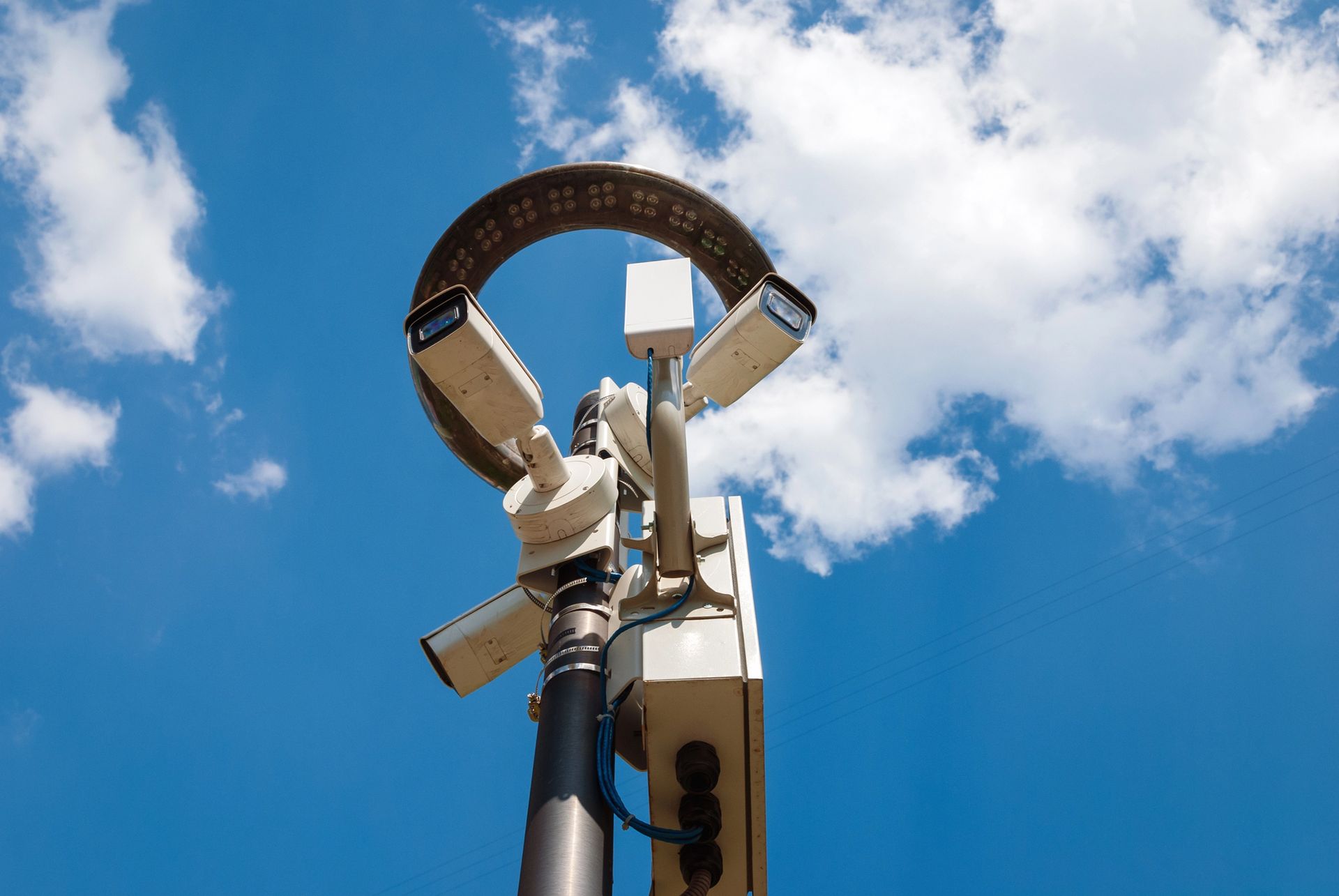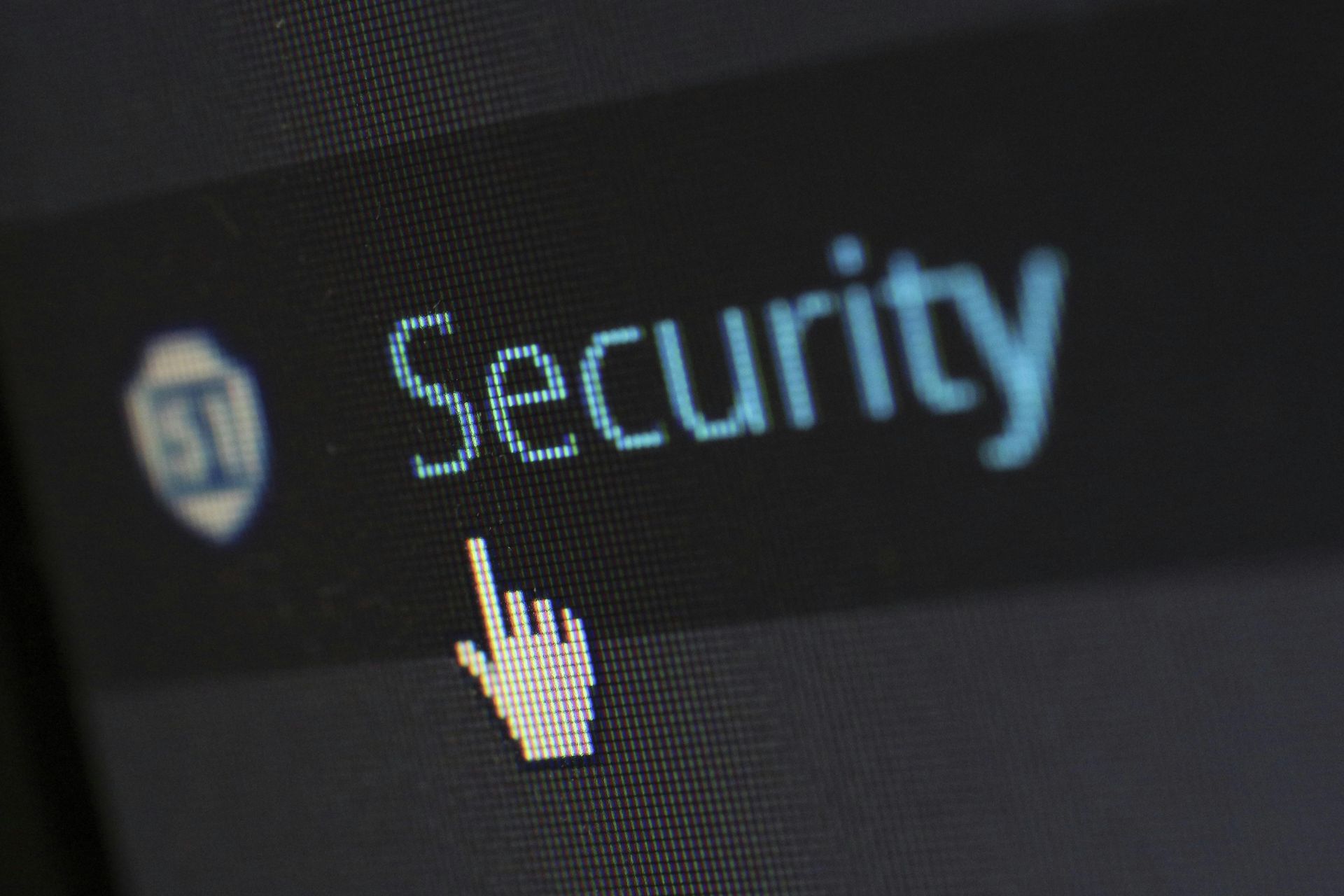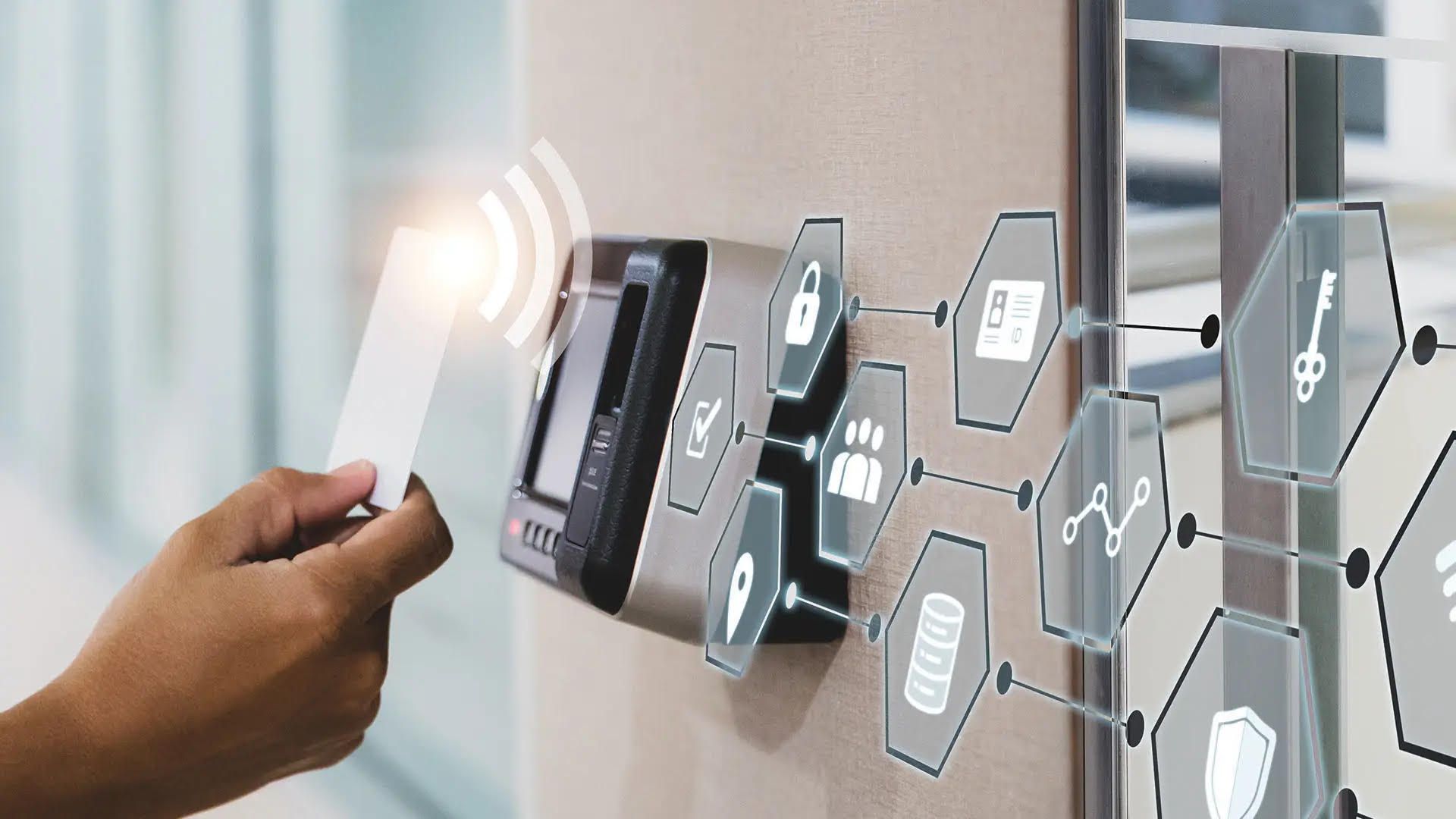Layered Security Strategies: Building a Comprehensive Business Security System
Protecting your business takes planning, coordination, and the right technology. A layered approach keeps you secure at every level, from the parking lot to the server room.
Businesses today face more than just physical threats. Cyber risks, employee safety concerns, and even insurance requirements have made integrated security a must-have. A layered approach doesn't just stop break-ins. It supports compliance, reduces liability, and ensures your team can respond fast if something goes wrong.
Keep reading to learn how to build a comprehensive layered business security system that works together seamlessly.
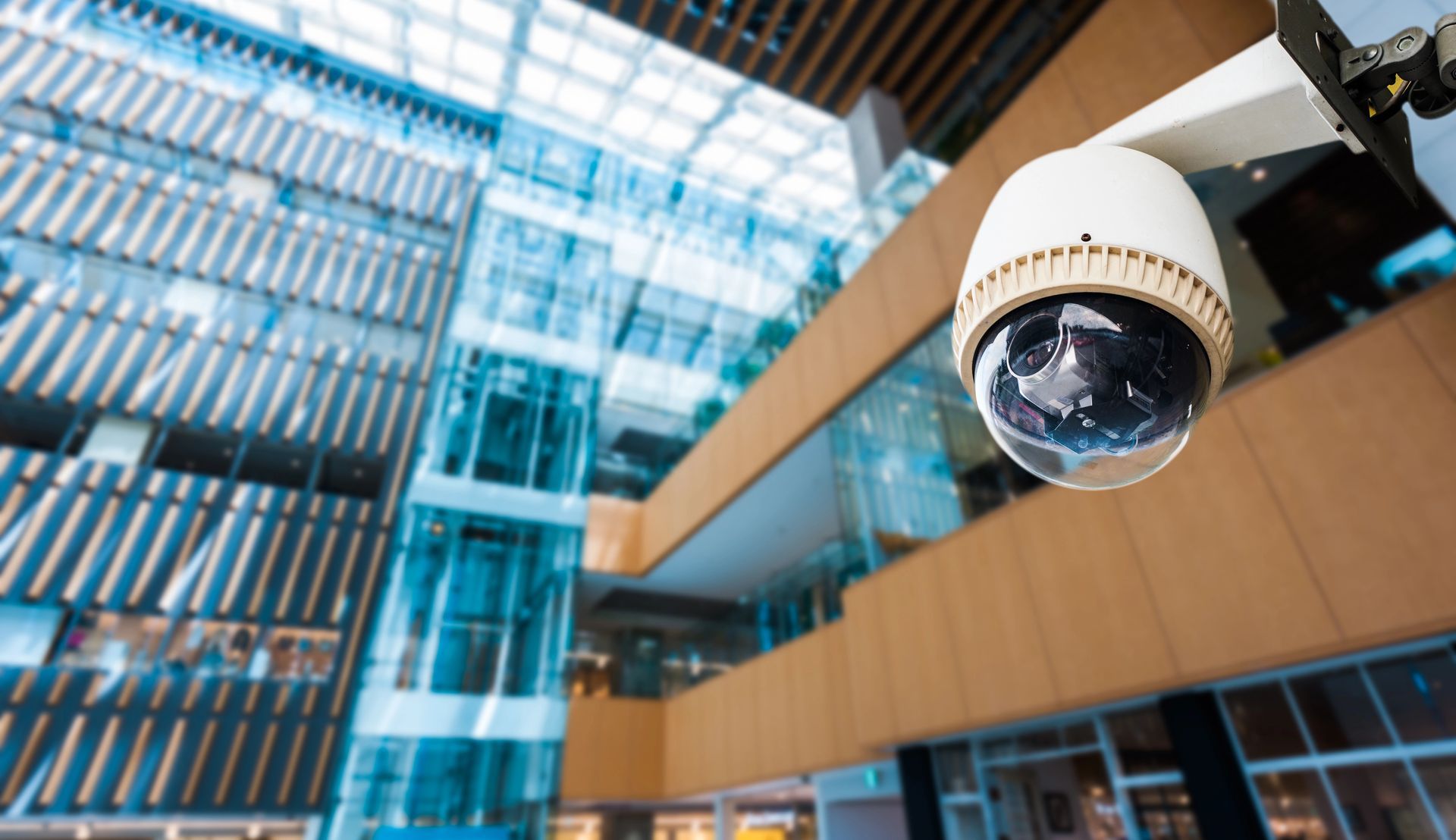
Layer 1: Physical Perimeter Security
Choose welded mesh panels for visibility or solid fencing for privacy. Automated gates with badge or keypad access help control vehicle flow, while manual gates work for smaller properties.
Perimeter sensors add early warning. Buried cable loops detect vehicles, beam sensors watch for people crossing zones, and vibration alarms flag tampering attempts.
Motion-activated floodlights reduce hiding spots, and strategic landscaping helps too. Thorny shrubs and trimmed trees prevent unwanted access and boost sightlines.
"No Trespassing" and "24-Hour Surveillance" signs act as deterrents. Bollards and planters guide foot traffic and block unauthorized vehicles.
Layer 2: Surveillance and Detection
Fixed cameras cover key areas, PTZ models follow motion, and thermal-imaging cameras work in total darkness. Pair cameras with sensors: a motion-triggered alert can start recording, turn on lights, or send a real-time push notification to your phone.
Video analytics elevates surveillance to a new level. Innovative systems recognize license plates, detect loitering, and send alerts when they detect suspicious movement.
For storage, edge devices like NVRs keep footage local, while cloud backups add redundancy. Many businesses use a mix to avoid downtime.
Hypothetical Scenario
A business park wants to discourage after-hours loitering. By using video analytics, they configure the system to trigger lights and record when a person remains in the lot for more than five minutes. Notifications are sent to an on-call security manager for review and decision-making.
Layer 3: Access Control Systems
Keycards, PIN codes, biometric scanners, and even mobile apps can help you manage who gets through each door. Mobile credentials are especially useful for businesses with hybrid work or rotating staff. They allow you to issue or revoke access instantly without needing to collect physical cards.
For hardware, electromagnetic locks and electric strikes offer different strengths. Based on your priorities, you can decide between fail-safe and fail-secure.
Control visitors with self-serve kiosks that print badges, capture photos, and alert staff. Escort policies for sensitive zones help prevent unauthorized wandering.
Track everything with digital logs, showing who entered where and when. This is critical for investigations, audits, and compliance checks.
Multi-site businesses benefit from centralized credential management. Admins can apply consistent policies across all locations and view access events from a single dashboard.
Layer 4: Alarm Monitoring and Response
Install door contacts, glass-break detectors, and passive infrared sensors to catch intrusions from every angle.
Tie in
smoke, heat, and carbon monoxide detectors on the same platform to streamline emergency response.
Professional monitoring ensures quick action. A 24/7 team verifies alerts, reduces false alarms, and dispatches emergency services when needed.
Control your system from anywhere. Mobile apps let you arm or disarm zones, view live footage, and get instant notifications no matter where you are.
Layer 5: System Integration and Centralized Management
A unified dashboard brings everything together. Platforms like PSIM or VMS integrate video, access, and alarms, so you don't need different logins.
Automate where possible. For example, if someone forces a door, the system can trigger a nearby camera, alert security, and lock surrounding zones.
With centralized management, businesses no longer need to log into five different portals to investigate an incident. Security staff can view access logs, surveillance footage, and alarm status in one place. This shortens response times and simplifies training.
Use analytics to make better decisions. Heat maps show traffic patterns, while dashboards help identify trends and weak points.
Choosing protocols like ONVIF, OSDP, and API-based tools makes it easier to scale and add features later.
Cybersecurity Considerations in Physical Security
As more physical security systems connect to the internet, they become potential entry points for cyberattacks.
Choose systems with encrypted communication protocols, enforce strong password policies, and update firmware regularly. Involve your IT team early in the design process. This ensures alignment between physical and network security strategies and avoids costly gaps.
Implementation Roadmap
Build your security system step by step:
1. Perform a risk assessment
Identify vulnerabilities, asset priorities, and traffic patterns. Walk the site to understand layout and blind spots.
2. Design your system
Choose hardware, define access zones, and create a layered architecture. Use zone diagrams to map each device and entry point.
3. Run a pilot program
Start with a high-risk area, like a main entrance or warehouse. Test configurations and gather user feedback before expanding.
4. Train your team
Teach daily use, alarm response, and how to handle technical issues. Include drills for emergency scenarios.
5. Set a review schedule
Conduct quarterly audits, check firmware versions, and revisit SOPs to ensure they reflect current risks.
Let’s Design a Safer Future for Your Business
A layered business security system protects your people, property, and peace of mind. Start outside and work your way in. Each security layer supports the next.
Contact OS Systems today
to build your custom security plan.


